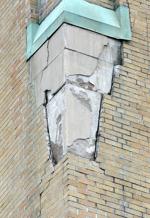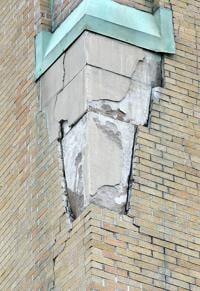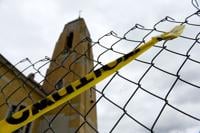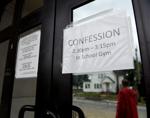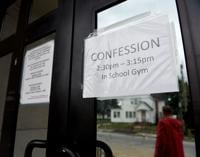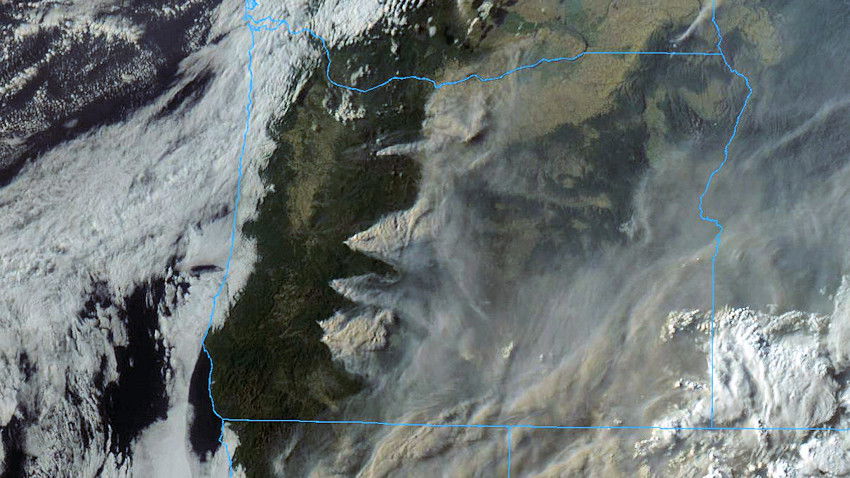
The problem is not unique to the Biden administration, said the head of a nonpartisan group that tracks vacancies.
One of the running criticisms of the Trump administration was how slowly it nominated and won confirmation for hundreds of high-level government officials, especially in critical agencies like the State Department and the Department of Homeland Security.
But things aren’t going much better with the Biden administration. And arguably, the situation is worse: In the middle of a pandemic, there is still no confirmed head of the Food and Drug Administration, and there is no confirmed ambassador to Afghanistan to help manage the crisis there.
To understand what’s going on, I turned to Max Stier, the head of the Partnership for Public Service, a nonpartisan organization that tracks vacancies and advises the government on how to improve the nomination and confirmation process.
He made clear that while the Biden team was woefully behind, the problem was not unique to it — or to the Trump administration. Rather, he said, it’s typical of a broken system that has led to a long string of government failures.
“You can go back in time, if it was the response to Hurricane Katrina under the Bush administration, or the botched rollout of healthcare.gov under the Obama administration, or any number of issues in the Trump administration,” he said. “There is an execution gap of consequence. And one of the big reasons for that is that the leadership system is broken.”
A transcript of our interview, edited and condensed, follows.
Where does the Biden administration stand in terms of its nominations and confirmations?
There’s a set of 800 positions that we consider the most fundamental, and of those, they only have 127 that are confirmed, and they have 206 that are waiting in the queue. That still leaves a pretty substantial number that needs to be nominated.
It’s hard to believe, but we’re past the seven-month mark in this administration. You have a Senate that operates like a two-lane country highway, and you have a big traffic jam because you’ve got legislative priorities and budget issues and judicial nominations.
And why is this a problem? Don’t they have acting officials in place?
When no one’s there, you do have someone in the acting role, but they’re the substitute teachers. They might be amazing educators, but we all know that the substitute teacher doesn’t get respect from the class, and they don’t see their job as taking on the long-term problems because they don’t know if they’ll be around tomorrow. What I’m painting for you is a broader system failure in our government. You wind up with workarounds like acting leadership, or in the last administration, an effort to simply avoid a confirmed leadership in many instances.
Speaking of the last administration, how does President Biden’s record compare with Donald Trump’s?
The Biden team is ahead in their nominations of where Trump was at this point in time, but they’re actually neck and neck in the number of confirmed people.
It’s easy to see why the Senate could be a roadblock for confirmations, but what explains the lag in nominations?
There’s an interrelationship between the two. One of the challenges any administration faces is thinking about the likelihood of getting people confirmed. A difficult confirmation process impacts the nomination process. There’s a lot of risk aversion. And, frankly, their ability to recruit is hurt. Think about all the people who would throw in their hat knowing they’ll be a part of that cool-your-jet package. Everything you do gets scrutinized enormously, and you have to be thoughtful and careful about what you should be doing that might get you in trouble.
And to add a complication, a current nominee can’t also serve as the acting leader, according to a relatively recent Supreme Court decision. For example, if the Biden administration nominated Janet Woodcock to serve as the F.D.A. commissioner, she would have to step down from her present role as acting commissioner. Congress should fix this.
Which agencies worry you the most?
I think the State Department is plainly one of the most obvious places with significant gaps. Of the positions we track, the State Department has the most gaps of any agency. But the truth is, you only have 127 confirmed positions, so there are problems pretty much everywhere. The most noticeable ones are the places where there are current, obvious needs. So, there’s the international issues, whether it’s Afghanistan or China. You think about health care, where the lack of a confirmed F.D.A. commissioner is clearly a problem.
The Office of Management and Budget director is not as obvious, but I think it is a truly fundamental role. There is very little in the federal government that is focused on the enterprise as a whole, but the Office of Management and Budget is. It’s a tiny agency when you think about the entire government, but it’s the nerve center, and to not have a confirmed director is a problem.
Let’s take Afghanistan as a case study. How does the lack of confirmed positions hurt us there?
It’s impossible to show a causal relationship, but we don’t have an ambassador to Afghanistan, and while ambassadors aren’t everything, they are your key point of contact in any given country. And yes, there are plenty of people involved in Afghanistan, but you’d want every resource you could possibly have, and that’s one of them. I’m looking at the list of unconfirmed positions that might be needed over there: under secretary for public diplomacy, there’s no nominee. Assistant secretary for conflict and stabilization operations. There’s someone nominated and been reported out, but they’re waiting. Not good. The list goes on. There will be someone there, but they’re in acting capacities. That’s just not a recipe for the best we need for our agencies.
It’s not good for dealing with our allies, either.
Absolutely. And you do hear that fairly consistently. Our allies don’t feel they have the people they need to talk to. All these problems are better solved through multilateral exercises, so coordinating those relations with all those countries and international entities is fundamental to putting our best foot forward.
I keep coming back to this: The design of our system is broken. And we still have to work within the system until we fix it, and we’re not doing that well, either. But we could. For example, historically, right before the August recess, the past several presidents have gotten substantial packets of nominees through the confirmation process, on average about 60. The Biden team got 11. And that’s not good enough.
So what do you see as the solutions?
The easiest answer to having too many positions is to reduce them, substantially. This happened before, in 2011, when there was a reduction of about 160 positions. We need to see many multiples of that. You could cut in half the number of Senate-confirmed positions and not diminish the Senate’s important oversight responsibility. The Senate doesn’t lose if it has 600 rather than 1,200 confirmed positions, because it’s not actually getting the confirmation opportunity for those 1,200 positions.
Instead, some of them could be career positions. Some could be nonconfirmed political positions; some of them could be term positions. Depending on the nature of the job, you’d want to see different things. At the Department of Energy, Secretary Jennifer Granholm wants the cybersecurity position to be a career position, not a Senate-confirmed position, because she says there needs to be someone in that job longer than two years.
On the Senate side, you should improve the process. It doesn’t have to be so ugly. To go back to the two-lane highway proposition, it’s worse than that: It’s a two-lane highway that has a lot of potholes in it. They require people to submit their data multiple times, and there’s a huge amount of questions that get asked.
Out of that 2011 legislation, there was a commission created to talk about how to improve it, and there are a lot of recommendations that are out there. For example, right now, any Senate-confirmed position requires a full field investigation by the F.B.I. But doesn’t it depend on the nature of the job, whether you’re C.I.A. director versus the person in charge of public housing at Housing and Urban Development? They don’t distinguish, so the intensity of investment and intrusion is the same.
On Politics is also available as a newsletter. Sign up here to get it delivered to your inbox.
Is there anything you think we’re missing? Anything you want to see more of? We’d love to hear from you. Email us at onpolitics@nytimes.com.
"many" - Google News
September 01, 2021 at 05:30AM
https://ift.tt/3kFxeEn
Why Are So Many Government Positions Still Vacant? - The New York Times
"many" - Google News
https://ift.tt/2OYUfnl
https://ift.tt/3f9EULr





